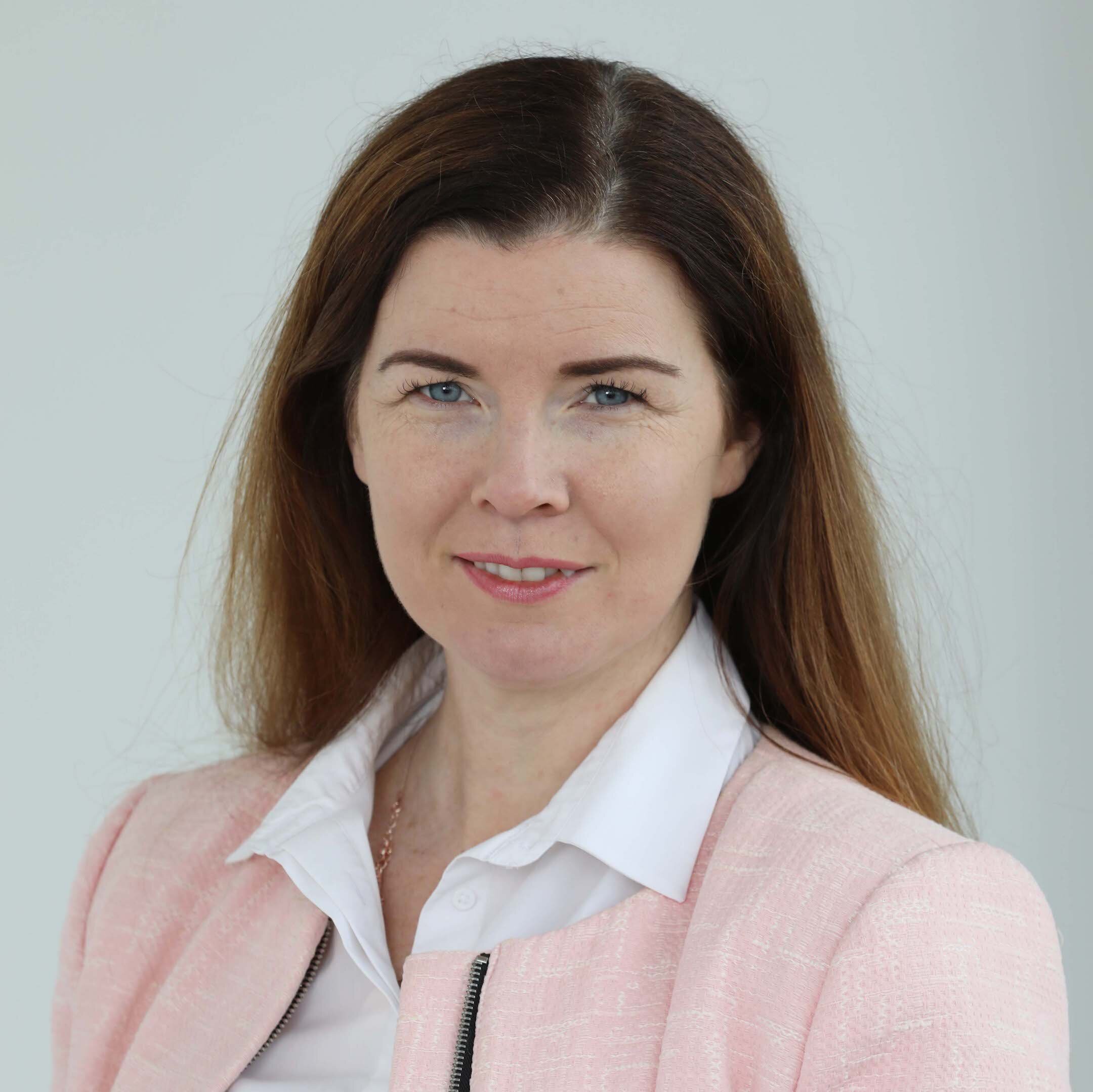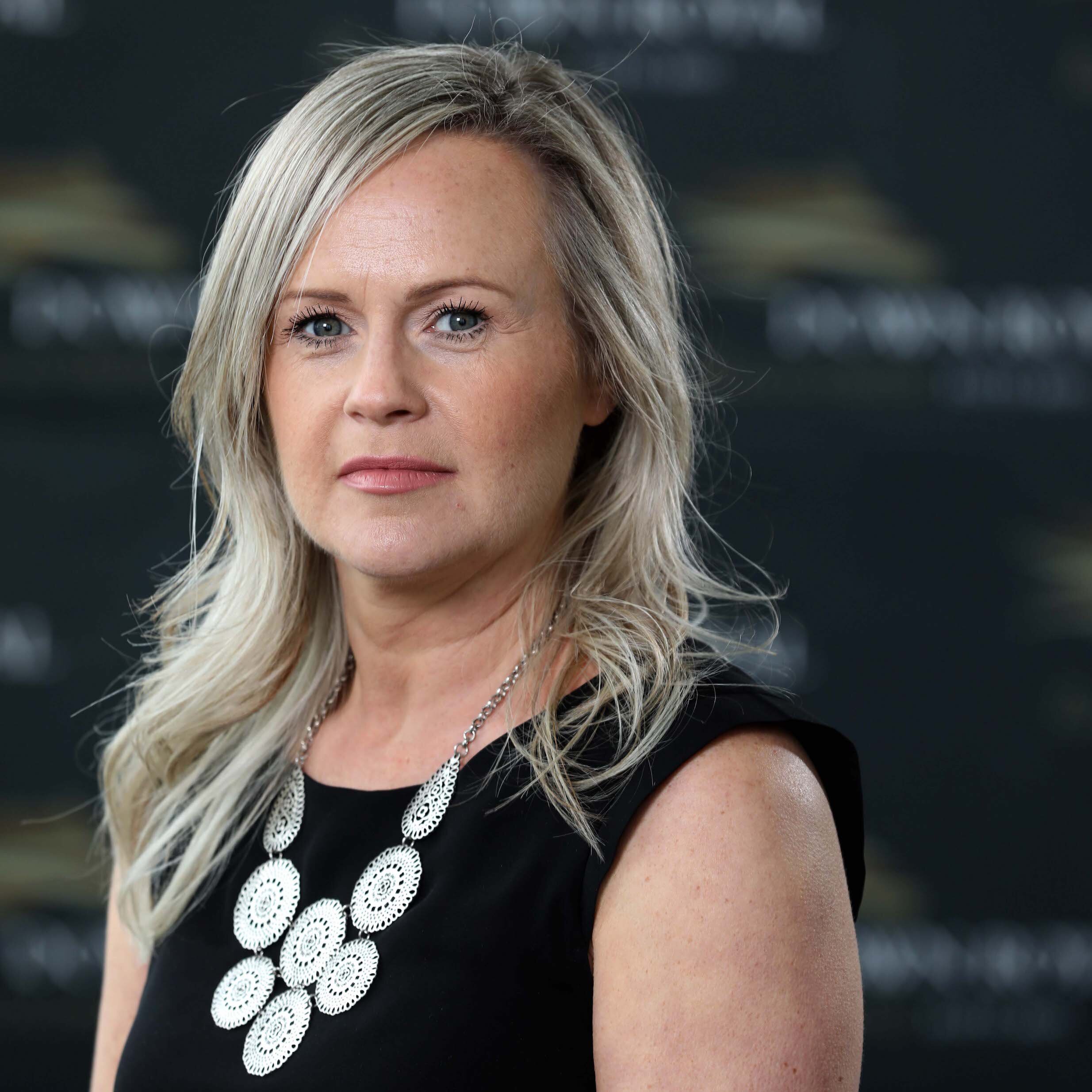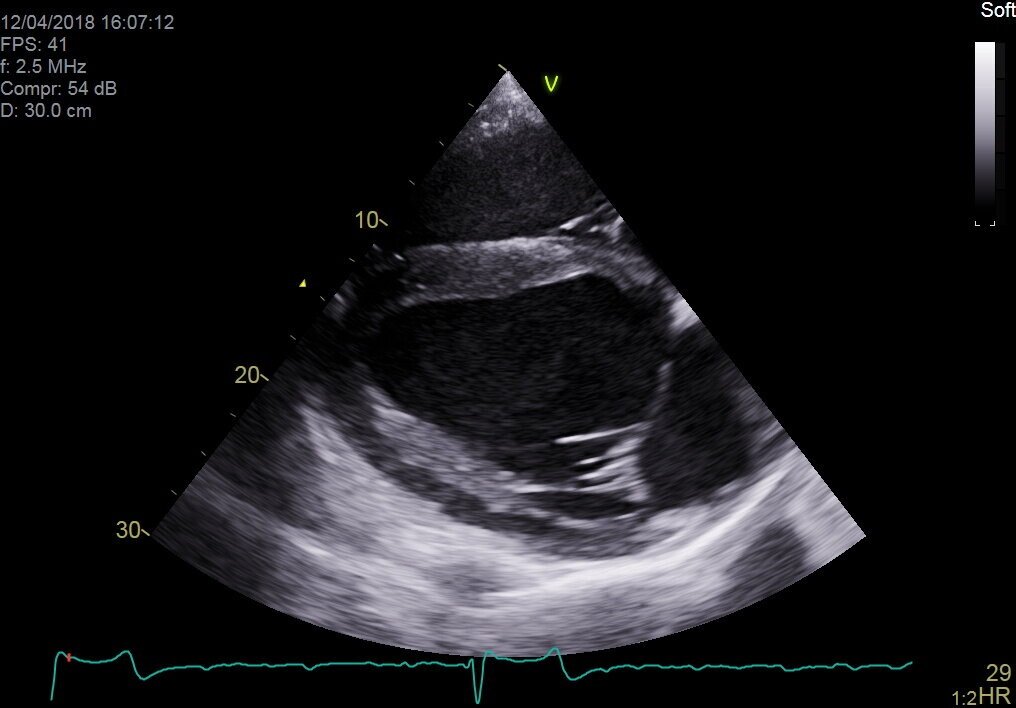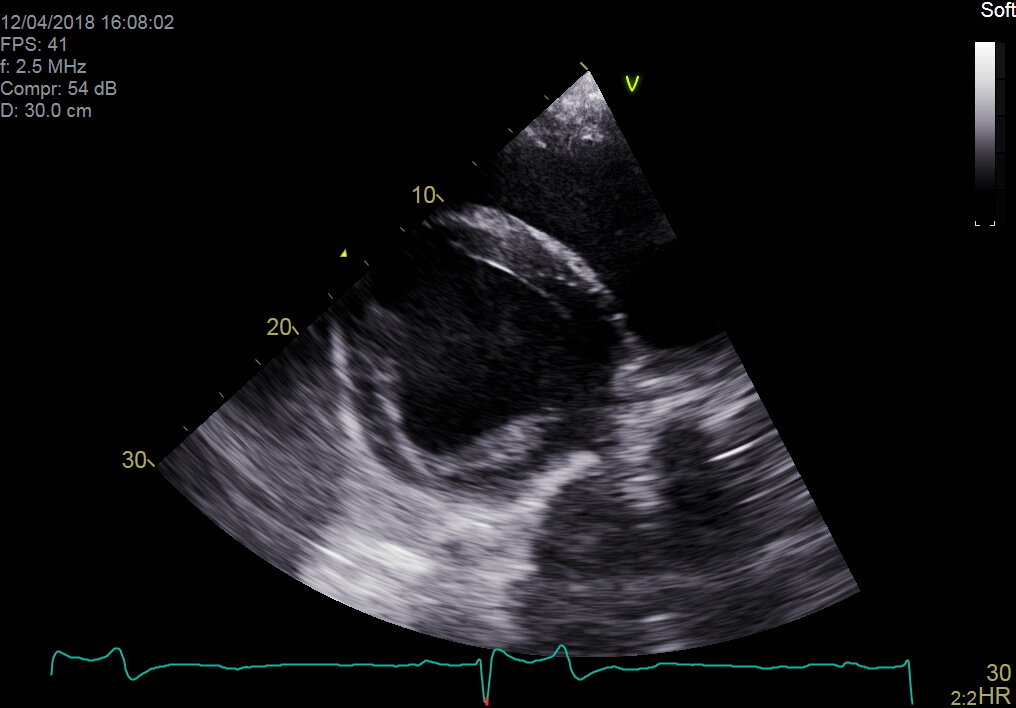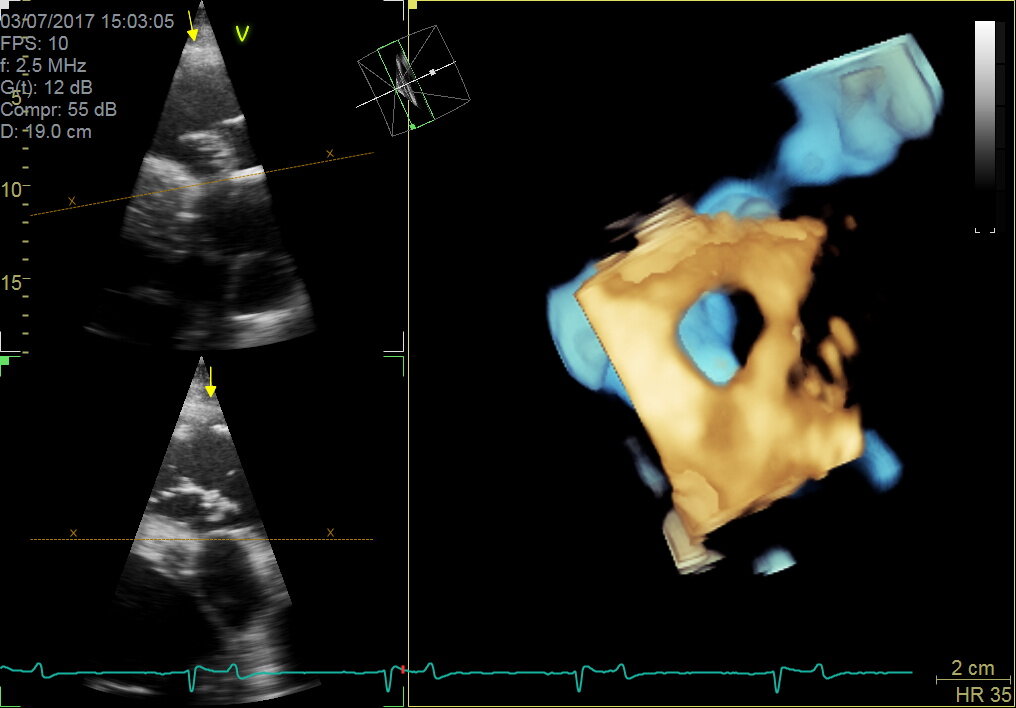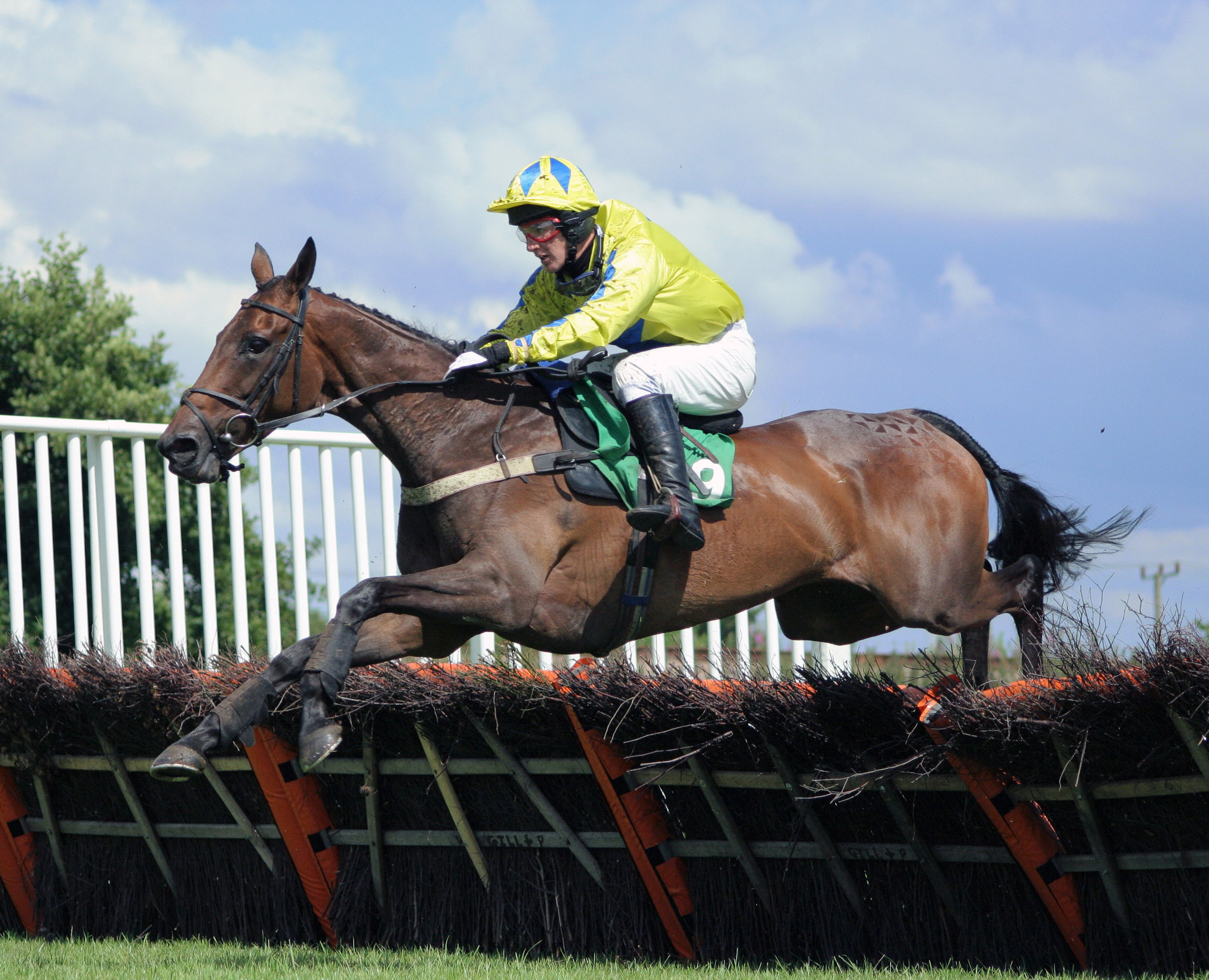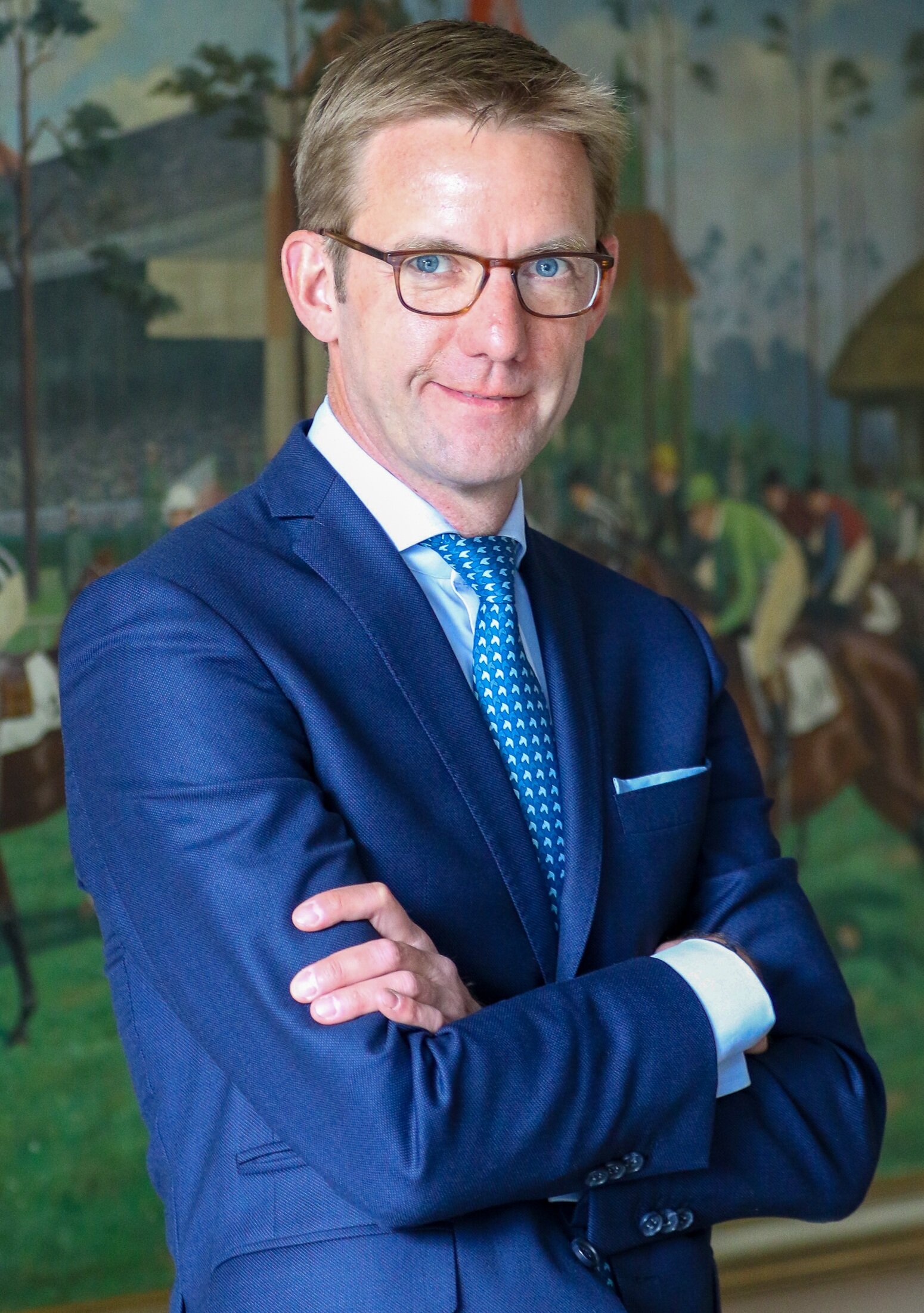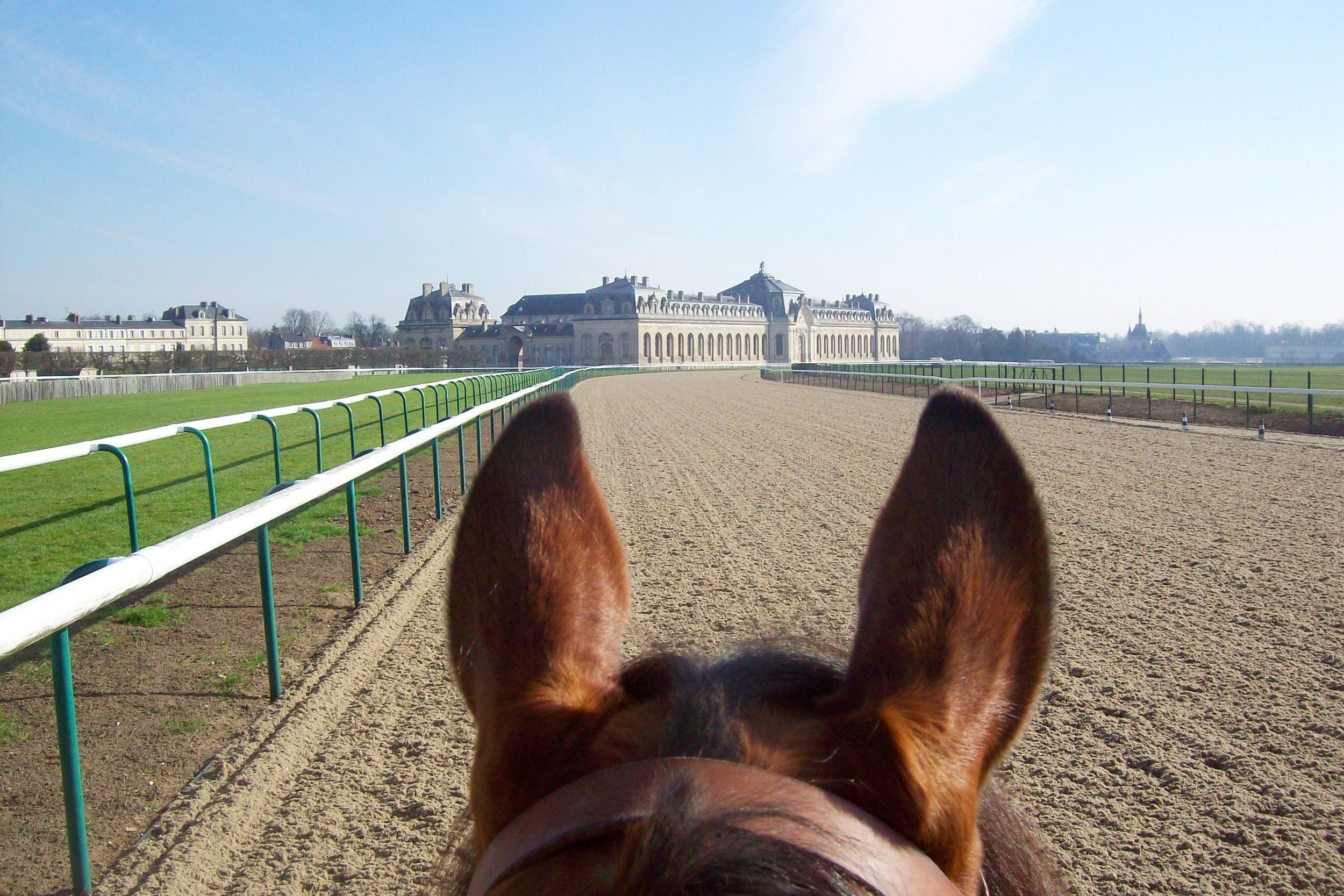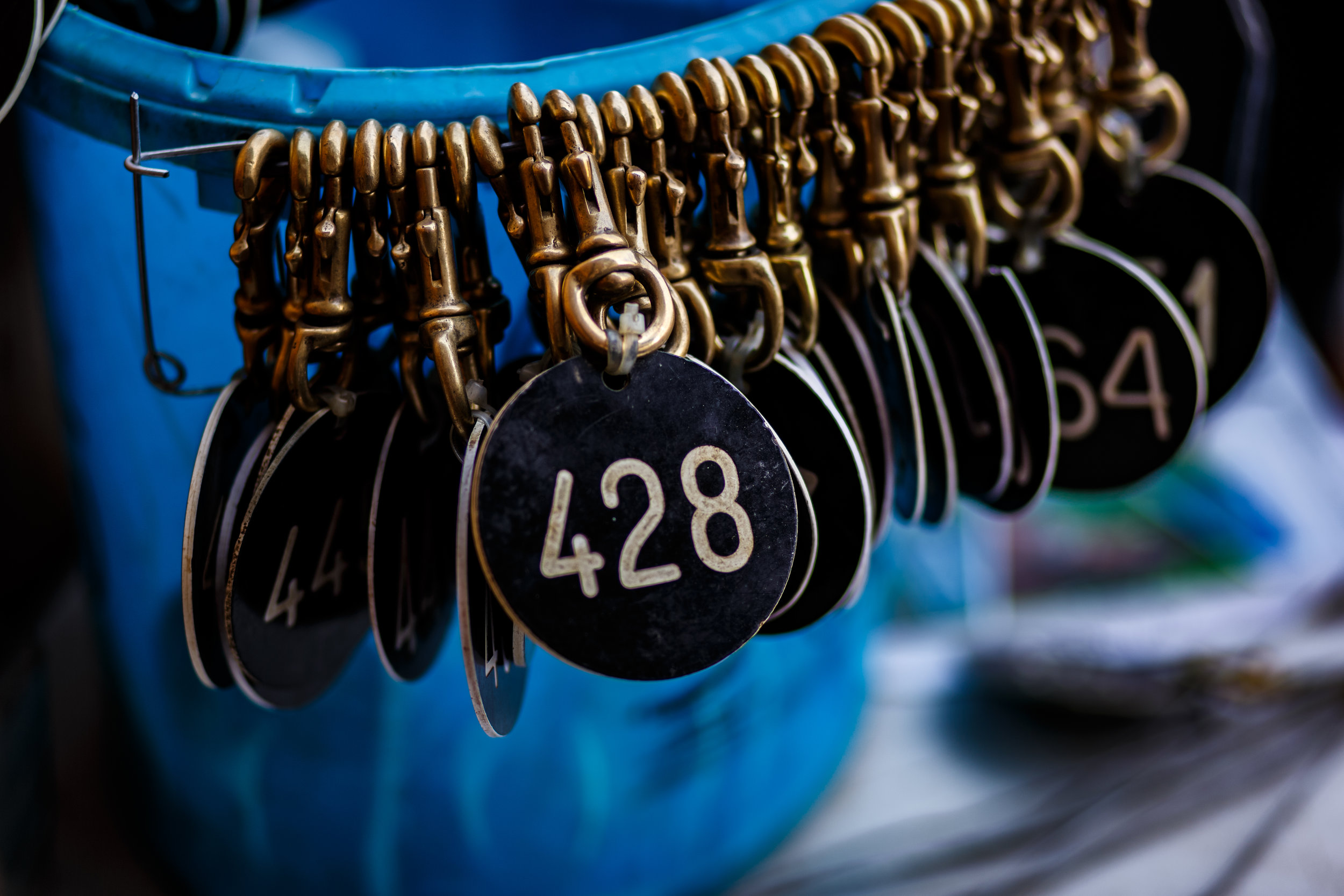By Lissa Oliver
A popular music festival, soon approaching its 60th year, recently generated a great deal of upset on social media with regard to the line-up. “I have been going since it started, and I have never heard of any of these bands!” said many. “Worst line-up ever! It has been getting steadily worse every year!” complained others. “Oh, wow! Brilliant line-up!” said all of the younger ones. One of them even had the sense to comment, “What were 50-year-olds saying about your favourite bands when you first started going there in 1961?”
There is a generation gap; it exists. Times change. The offside rule in football has changed many times, yet the game remains the same. So it is for horse racing; the sport itself does nothing to engender a rift between young and old. The problem seems to be in getting young people through the gates and discovering for themselves that this is something they can become passionate about. It is by no means a new problem—horse racing has historically been dominated by the over-40s audience, and that has been a perpetual worry for the industry.
According to Nielsen (www.nielsen.com) data, only golf has an older average television audience age, at 64, than horse racing. Data collected periodically shows an increase in the average viewing age of televised horse racing from 51 in 2000 to 63 in 2016—the most recent data collected. In 2016, 5% of horse racing’s audience was under 18, falling from 10% in 2000 and 7% in 2006.
Horse racing isn’t unique in this loss of younger viewers. Those who watched wrestling at the height of its television popularity still do—the average age of a television viewer of professional wrestling has climbed by 21 years since 2006 to the age of 54—the biggest age increase of any sport viewed on television.
Jesse Collings of Wrestling Inc., observes, “For WWE, the main issue for the company is that they have failed greatly to create new fans over the last two decades. Chances are if you are a WWE fan right now, you have probably been watching WWE for over 20 years. From 1997 to 2001, the average age of a WWE viewer was 23 years old—30 years younger than the current viewer today. The promotion was hot and creating new fans on a weekly basis, with a lot of young people that were getting into wrestling for the first time. Maybe they stopped when the top stars of that era retired, or they had kids, or they just got burned out by the product.”
As horse racing is currently at that same ‘hot’ promotion stage, perhaps this should stand as a future warning. It’s retention, not attraction, that should be the central focus.
The Nielsen study of 25 televised sports showed that all but one have seen the average age of their viewers increase during the past decade, as the younger generation gravitate toward digital options. This doesn’t mean they no longer watch the sports that interest them, but it does mean we can no longer rely on television viewing figures to identify our market and popularity. Attendances, therefore, become increasingly important.
This is where there is brighter news for horse racing. In Britain, the Racecourse Association (RCA) reports that the British racing crowd is younger than the overall sporting average, based on advanced ticket purchases. This has been driven by engagement with the millennial generation who are responsible for 44% of British horse racing attendees, even though millennials make up just 21% of the population.
“Engaging audiences at an early stage is crucial for the future of racing and presents a huge opportunity for us over the next 10-15 years as millennials continue to take a larger share of the leisure pound,” reflects Stephen Atkin, RCA Chief Executive. “We hope they will go on to become lifelong followers and participate more in the sport through attending, betting and even ownership or working in racing.”
Great British Racing (GBR) has invested heavily in growing racing’s younger fanbase, promoting free admission for under-18s, and during the six weeks of the summer school holidays there was a 1.15% increase in attendance at family fixtures, tripling the average growth. British attendances have increased by 5% and, importantly, retention rates have increased by 2%.
This is in direct variance to France, where attendances fell by 25% from 2000, before drastic marketing measures were taken in 2017. “The teaching of horse racing from parents to children is lost. There is a whole generation who do not come to the racetrack and who said to themselves it is an insider's environment; it is not made for us,” Grégory Garnier, head of the marketing department at Le Trot, recently told Le Figaro, that evening racing, aimed at young people, has worked best with turnover increased by 30%. The Thursday evening meetings at ParisLongchamp, begun in May 2018, attract 8,500 spectators aged 20-30.
By combining forces, the PMU, Le Trot, France-Galop, the National Horse Racing Federation and the Equidia group developed the “EpiqE Series” specifically to attract Generation Y. “We must conquer the generation of 25-45-year-olds,” says Édouard de Rothschild, president of France-Galop.
The key lies in understanding the target audience. What is Generation Y, and who are millennials?
“Generation Y” (aged 13-27) are also known as millennials and are described as the most educated, entertained and materially-endowed generation in history. They have been raised in a self-educated era and are more interested in the social aspects of sports. They like to learn new things in an environment that is engaging, flexible and fun; and they want to experience new things in an environment where their ideas and opinions are heard.
A Turnkey Sports and Entertainment survey, now Marketcast (www.marketcast.com), conducted in 2016 in North America noted that the biggest deterrent to drawing Generation Y to horse racing was lack of personalities—a view shared by 40% of those surveyed. Contrary to what some in racing suggest, the short duration of the main event was only cited by 7%, and the gambling aspect was a concern of just 2%. The welfare of animals was highlighted by 17%.
This year, a survey by Marketcast Kids found that children, a group we will be looking to attract as our customers in the next decade, hold very strong views on social issues—animal rights and wildlife protection figuring high on their list of priority, above world peace, provision for the poor and climate change. Ninety-three percent of children surveyed throughout North and South America, Europe and Asia believe companies have a responsibility to directly support good causes with money, time and publicity.
This is already an idea acted upon by Britain’s “Racing Together” scheme, encouraging racecourses to engage with their local community. Racing Together and the Racecourse Association (RCA) raised over £2.2m through racecourse charitable activity during 2019 for over 250 charities, and racecourse team members volunteered more than 3,100 hours to community projects. Free curriculum-based school trips were hosted for 15,011 students, and all of this received media publicity, particularly during televised racing.
This side of the public face of racing is vital, as young people feel limited by their own means and want companies to help them take action. Of those surveyed, 87% believe they can create change, and they provided a clear priority list of what companies can do to support youth social activism:
Make products they can use to help make a difference.
Give them a free space to meet and organise.
Publicise events that kids and teens are running,
Organise after-school clubs or online groups to connect them with others who care about their cause.
Run events or fairs.
Their number one priority may not apply to our industry, but we can meet the other needs of today’s children, who are not far removed from the Generation Y we are trying to attract. A designated space at the racecourse and online group interaction offers an engagement with horse racing they themselves can run and control and can be readily supplied by racecourses, already proven in Asia.
Given that golf is the only sport attracting an older viewing audience than horse racing, it might be helpful to look at how that sector is promoting itself to Generation Y. “Get into Golf” is a programme designed not only to support golf clubs in recruiting new members and increasing membership figures and revenue, but to make golf more accessible to a wider audience. To achieve this, it focuses on recruitment, advertising and communication, both internal and external.
Its taster sessions and awareness days have been particularly successful, combining lessons with a PGA professional with volunteer activities to help integrate participants into the golf club. In 2019 alone, golf clubs running “Get into Golf” enjoyed an average conversion rate from the programme into membership of 66%.
Similarly, tennis clubs throughout Europe are also adopting a direct approach, most advertising weekly pizza party social evenings for under-21s and designating specific teen social days once a week or bi-weekly, all of which is advertised on social media, and where group pages are deployed to great effect.
The British Horseracing Authority (BHA) “Diversity and Inclusion Report 2018” identifies the need to bring horses and sporting action closer to racegoers and cites the Hong Kong Jockey Club as a good example, where virtual reality technology allows racing fans to create their own horse and set of colours and compete in their own race, in designated ‘technology zones’.

























